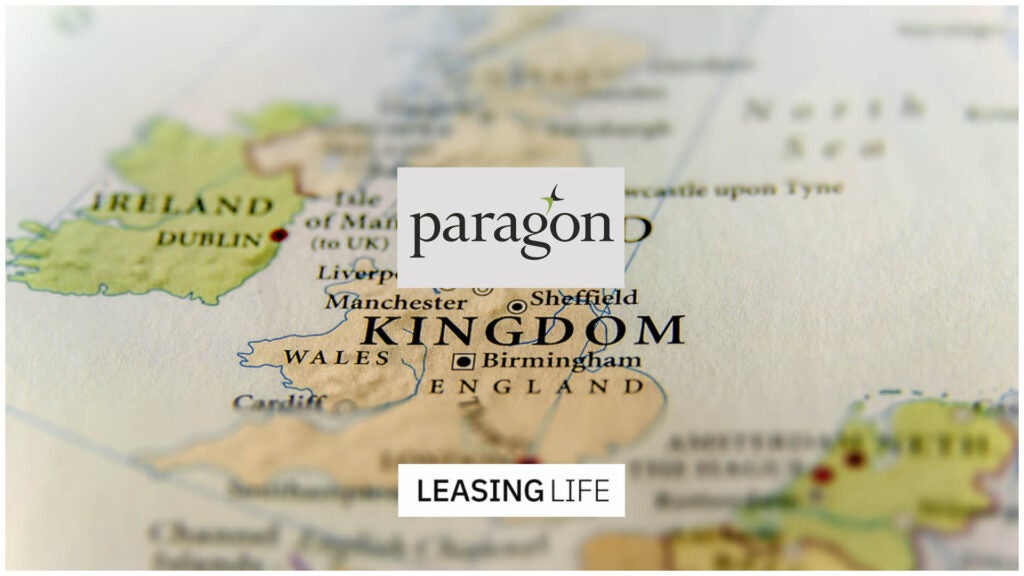Hypo Group Alpe Adria (HAA), the
Austrian banking network owned by German public bank Bayerische
Landesbank, has been nationalised thanks to a proliferation of bad
debt in its international leasing business.
The bank announced recently that it expected
an annual loss of “significantly more than €1 billion” at year-end,
after having already posted a €520 million loss in 2008.
It cited provisions for losses on leasing
business as the major cause of this.
First bank bailout
HAA was the first Austrian bank to be bailed
out by the state, receiving €900 million at the end of last
year.
How well do you really know your competitors?
Access the most comprehensive Company Profiles on the market, powered by GlobalData. Save hours of research. Gain competitive edge.

Thank you!
Your download email will arrive shortly
Not ready to buy yet? Download a free sample
We are confident about the unique quality of our Company Profiles. However, we want you to make the most beneficial decision for your business, so we offer a free sample that you can download by submitting the below form
By GlobalDataThe injection, however, gave the Austrian
state no control over the bank.
Shareholders including BayernLB (which owns 67
percent of the lender), insurer Grawe (20 percent) and the Austrian
state of Carinthia (12 percent) met for an extraordinary meeting on
10 December to consider further capital injections.
If HAA was not recapitalised in some way, said
Austrian financial watchdog FMA, it would fall below legal capital
requirement levels.
As other shareholders held back from further
investment, the Austrian state had to step in.
But not all of Austria’s big banks have fared
so poorly, despite having sizable footprints in the CEE region.
Bank Austria, for example, the network owned
by Italian UniCredit, is the only one of Austria’s major CEE
networks to have declined state aid altogether – despite being the
largest of the lot.
It managed to post a €1.2 billion net profit
for the year’s first three quarters, with Erste Bank and Raiffeisen
Zentralbank – the country’s second- and third-largest groups – also
coming out of September in the black.
Not out of danger yet
Whereas no Austrian lender with
foreign exposure is out of danger yet – the government has,
tellingly, just pushed back the application deadline for state aid
until the end of 2010 – it seems that an idea of who has won and
who has lost is beginning to emerge.
The key, unsurprisingly, is in what type of
lending has been done, and where it was conducted. After all, the
countries of the CEE are far more complex and varied than the
collective block of bad debt they are often portrayed as.
The main factor in HAA’s crippling losses has
been a massive increase in bad debt provisioning for leasing
businesses in Croatia, Bulgaria and Ukraine, as well as from
cross-border financing based in Austria.
Many of the leases now being defaulted on
concerned real estate assets, especially in the Balkan region,
where HAA has made many acquisitions in recent years.
Through this explosive growth in Southeastern
Europe, HAA has quadrupled its balance sheet since 2002 – a
strategy that now seems to have backfired.







